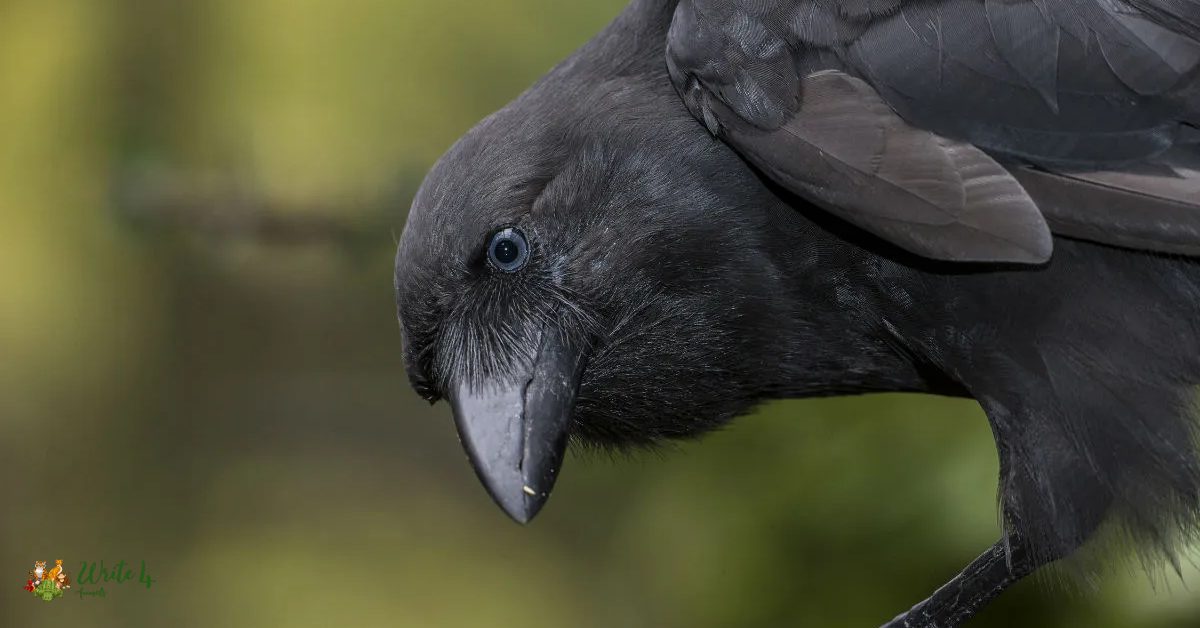Nestled in the heart of the Pacific Ocean, the tropical paradise of Hawaii is not only renowned for its breathtaking landscapes and vibrant culture but also for its unique and diverse avian inhabitants.
The archipelago is home to an array of bird species, each playing a vital role in the ecological tapestry of this isolated haven.In this blog post we will explore the enchanting world of birds in Hawaii.
12 birds in Hawaii
1. Nene Goose
The Nene Goose, birds of hawaii, graces the islands with its unique presence. Distinguished by a striking black face and neck, this endangered species has made a remarkable recovery from the brink of extinction.
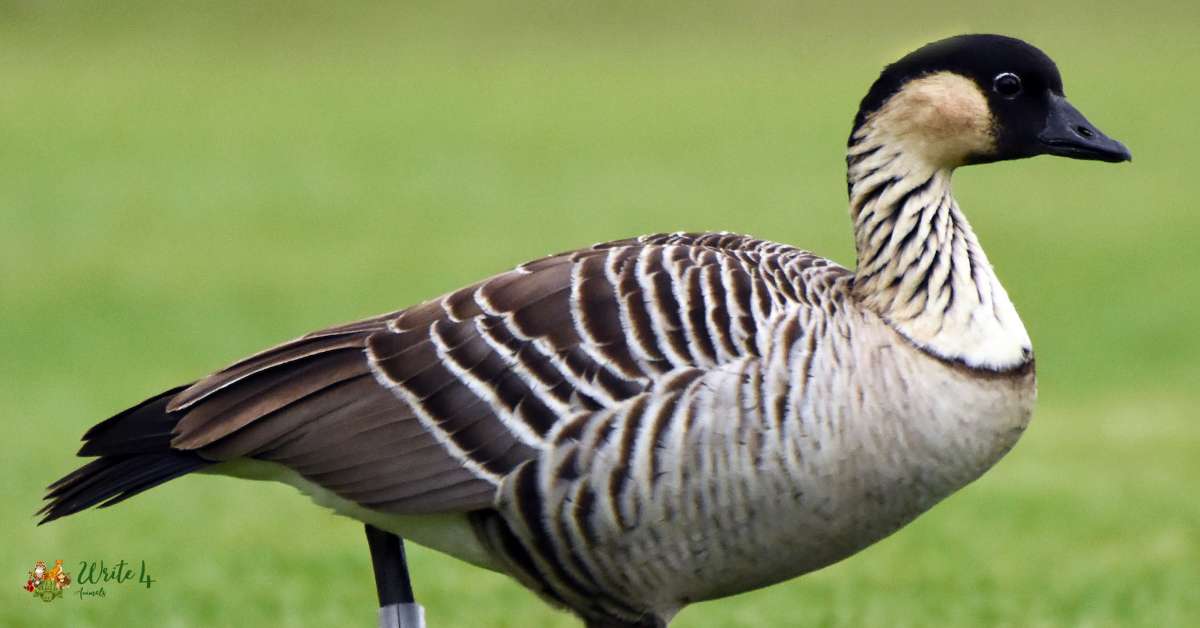
Once facing threats from habitat loss and introduced predators, conservation efforts have successfully increased their population.
Found primarily in volcanic slopes and grasslands, the Nene Goose embodies the resilience of Hawaii’s native wildlife, serving as a symbol of conservation success and a testament to the importance of preserving natural habitats.
2. Hawaiian Hawk
Soaring majestically over the Hawaiian skies, the ‘Io, or Hawaiian Hawk, is a revered symbol of royalty in the islands’ culture. This raptor plays a vital role in the delicate balance of Hawaii’s ecosystems by controlling rodent populations.
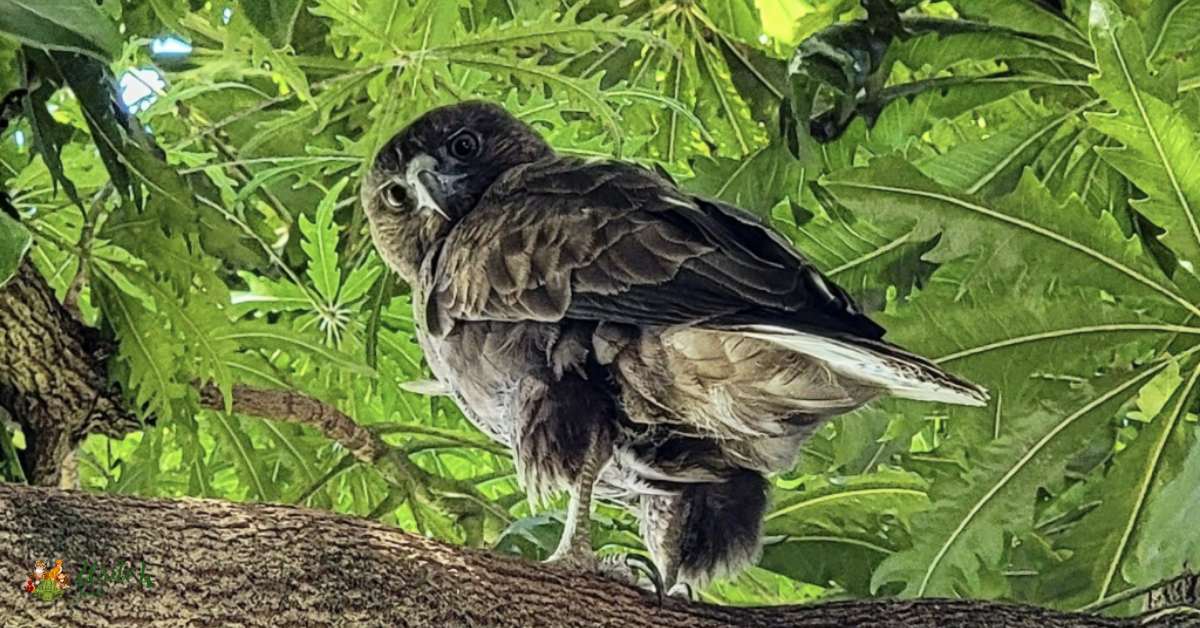
Recognized by its dark plumage and distinctive calls, the ‘Io is a master of the air, using thermal currents to effortlessly navigate the archipelago.
Despite facing threats such as habitat loss and invasive species, conservation efforts aim to protect and preserve this magnificent bird, ensuring its continued contribution to the ecological harmony of Hawaii.
3. Hawaiian Petrel
The Hawaiian Petrel, or ‘Ua’u, commands the open ocean with its remarkable long-distance migrations. Nesting in the mountains and returning to sea under the cover of darkness, this seabird plays a crucial role in the interconnectedness of land and sea ecosystems.
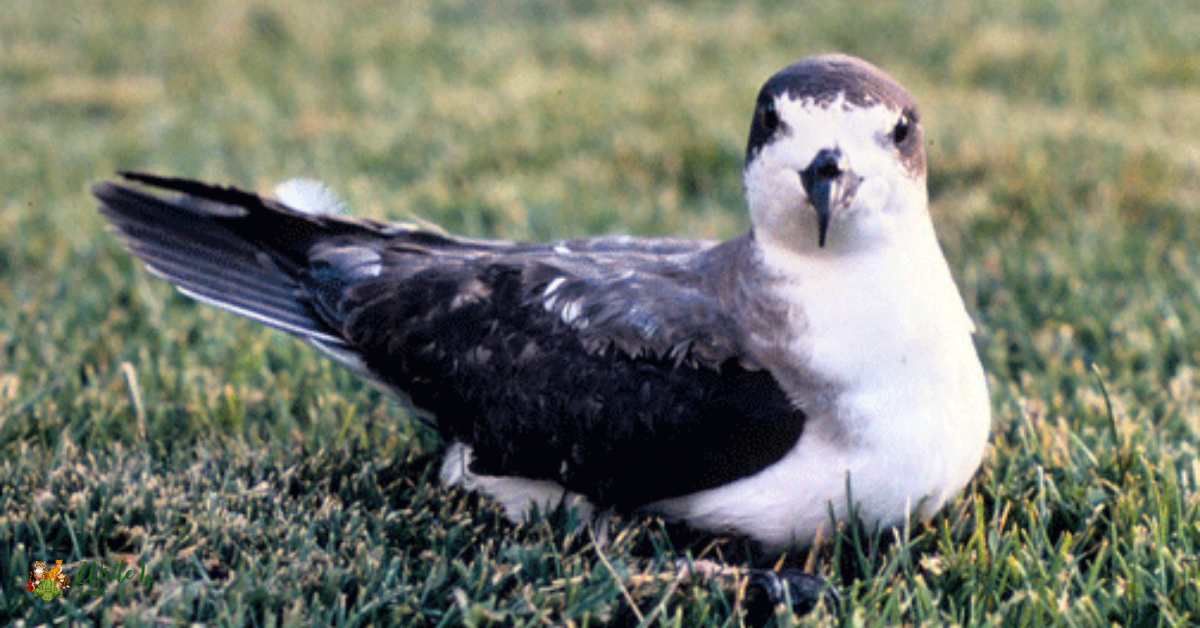
With its haunting calls and sleek silhouette, the ‘Ua’u embodies the spirit of the Pacific, relying on the islands for nesting sites and the vast ocean for sustenance.
As dedicated conservation efforts strive to mitigate threats such as light pollution and introduced predators, the Hawaiian Petrel stands as a symbol of the delicate balance between terrestrial and marine environments in Hawaii.
4. I’iwi
Cloaked in brilliant scarlet plumage, the I’iwi is a striking presence in birds of hawaii. Renowned for its curved, sickle-shaped bill, this nectar-feeding honeycreeper plays a crucial role in pollination, forming a symbiotic relationship with the native plants it frequents.
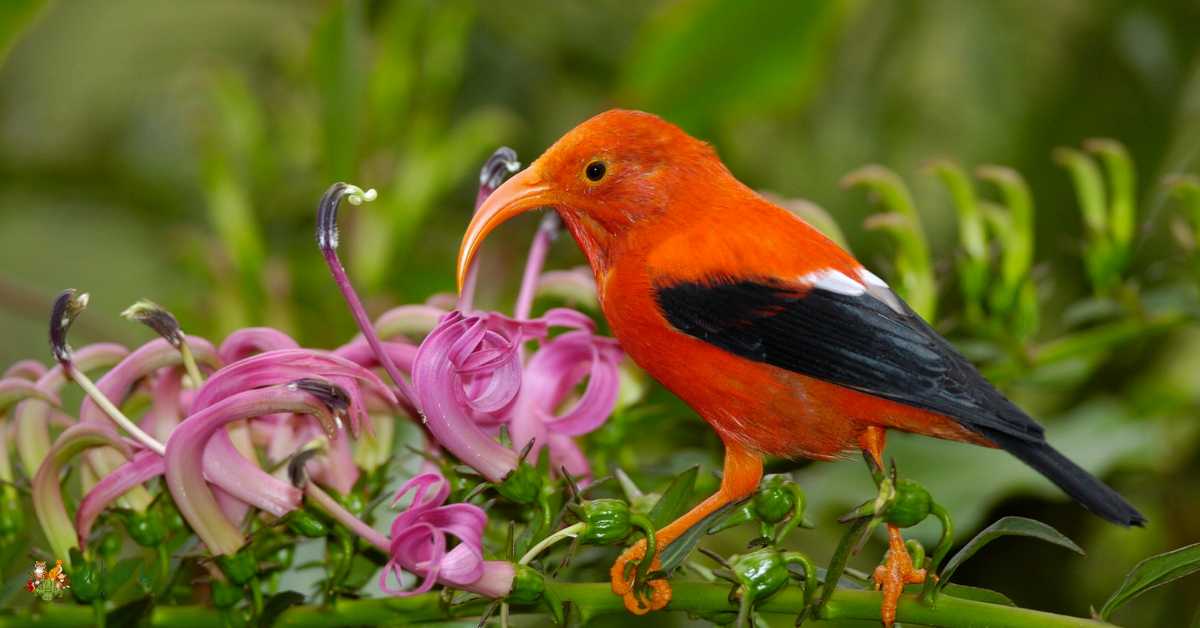
As a harbinger of vibrant color in the dense greenery, the I’iwi captures the essence of Hawaii’s biodiversity.
Threatened by habitat loss and introduced diseases, conservation efforts focus on preserving the pristine landscapes that sustain the I’iwi, ensuring that its melodious calls continue to resonate through the lush canopies of Hawaii.
5. Hawaiian Crow
Once declared extinct in the wild, the ‘Alalā, or Hawaiian Crow, has become the focus of intensive conservation efforts. Revered in Hawaiian folklore and culture, this highly intelligent bird faces numerous challenges, including habitat degradation and avian diseases.
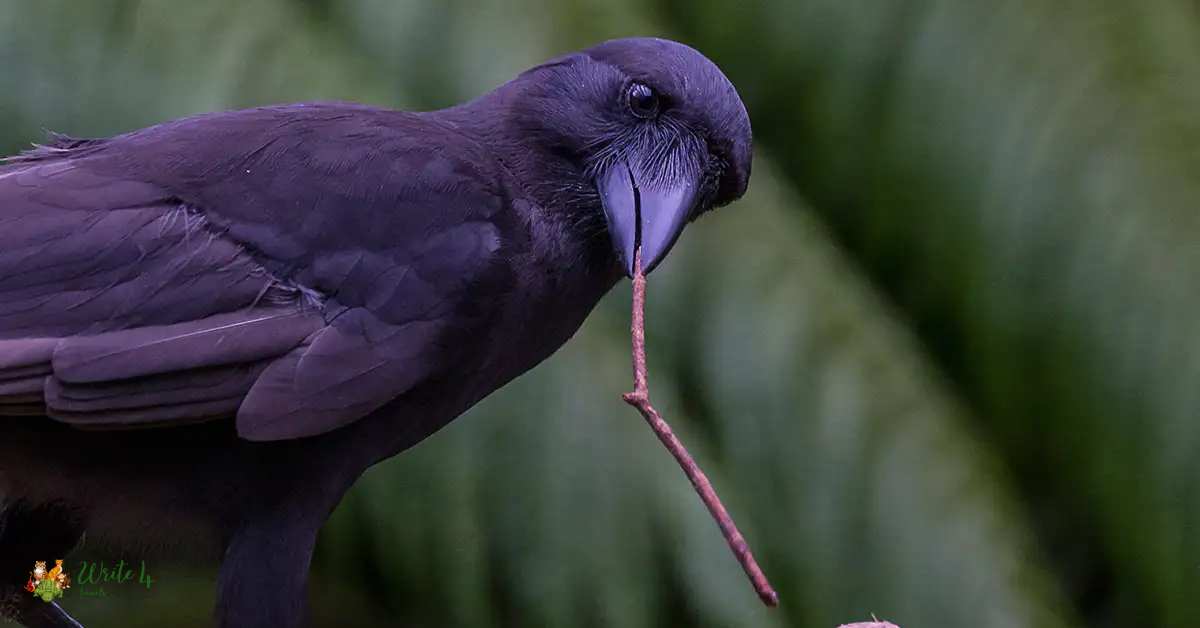
Reintroduction programs have seen a small population released back into their native habitat, offering a glimmer of hope for the survival of this culturally significant species.
Recognizable by its black plumage and inquisitive nature, the ‘Alalā serves as a reminder of the interconnectedness between the natural world and the traditions of Hawaii, urging us to protect and restore its delicate ecosystems.
6. Hawaiian Goose
The Hawaiian Goose, distinct from the Nene, graces the islands with its striking black and white plumage. This waterfowl species, also known as the Ne-ne-nu, faces threats from habitat loss and predation, but conservation efforts have established protected areas to support its survival.
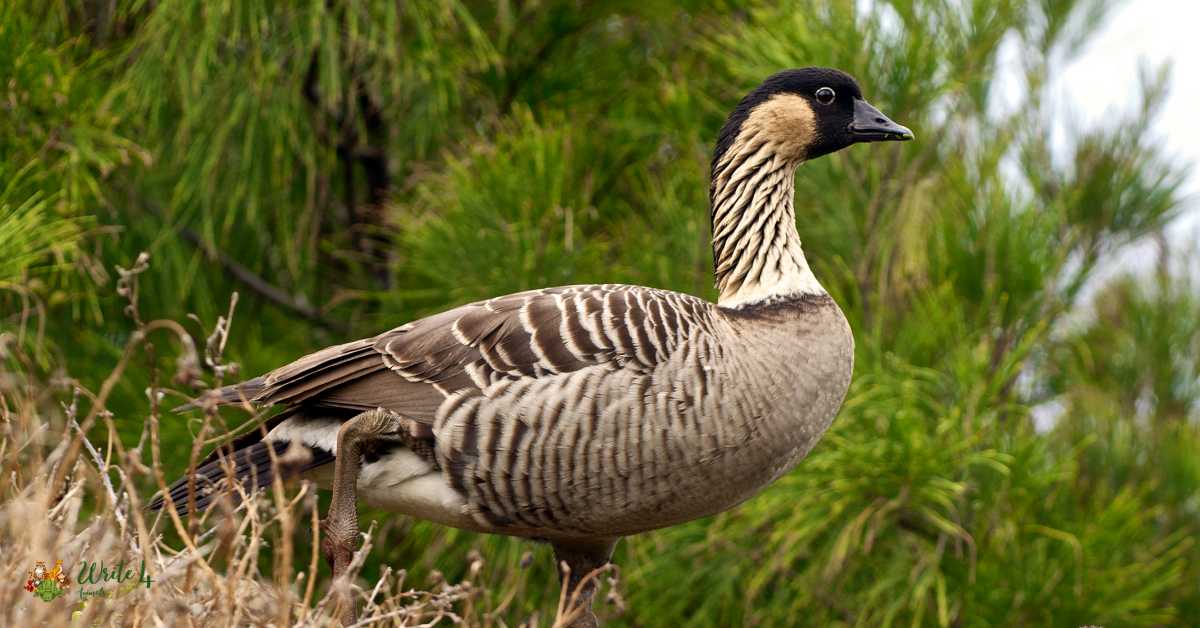
Thriving in grasslands and coastal habitats, the Hawaiian Goose embodies the delicate balance between land and water ecosystems in Hawaii.
Its distinctive honks echo through the volcanic landscapes, a testament to the enduring spirit of native wildlife on these isolated islands.
7. Hawaiian Stilt
Graceful and slender, the Ae’o, or Hawaiian Stilt, is a wading bird with distinctive long legs and a slender bill. Inhabiting wetland habitats, these elegant birds contribute to the health of their ecosystems by foraging on insects and small invertebrates.
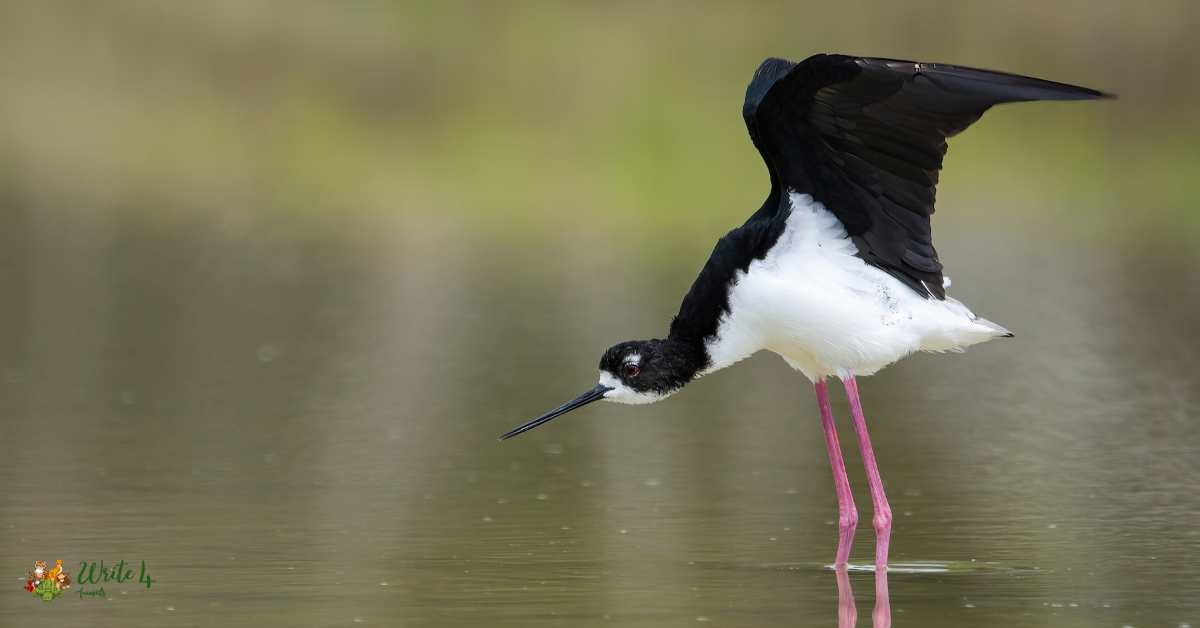
Recognizable by their black and white plumage, the Ae’o faces challenges from habitat loss and degradation.
Conservation initiatives strive to protect and restore wetland habitats, recognizing the critical role these birds play in maintaining the delicate balance of Hawaii’s diverse ecosystems.
8. Hawaiian Owl
The Pueo, or Hawaiian Owl, is more than a bird; it is an ‘aumakua, an ancestral guardian spirit in Hawaiian culture. Revered for its keen hunting skills and enigmatic presence, the Pueo is deeply intertwined with the spiritual beliefs of the islands.
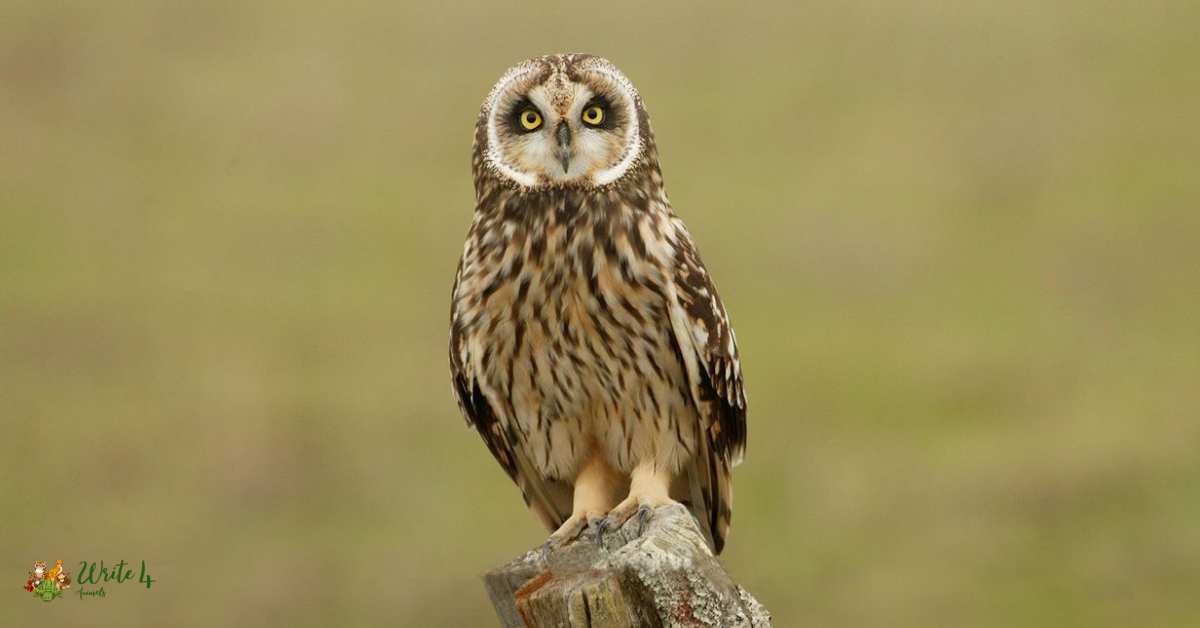
With mottled brown plumage and piercing yellow eyes, this nocturnal hunter plays a vital role in controlling rodent populations.
Threats such as habitat loss and vehicular collisions necessitate conservation efforts to safeguard the Pueo, preserving not only a species but also a cultural icon that symbolizes the profound connection between the Hawaiian people and the natural world.
9. Hawaiian Elepaio
Small in size but significant in impact, the Elepaio is a native songbird found in Hawaii’s lush native forests. Recognizable by its melodious calls and distinctive white eyebrow stripe, this adaptable species contributes to insect control and seed dispersal.
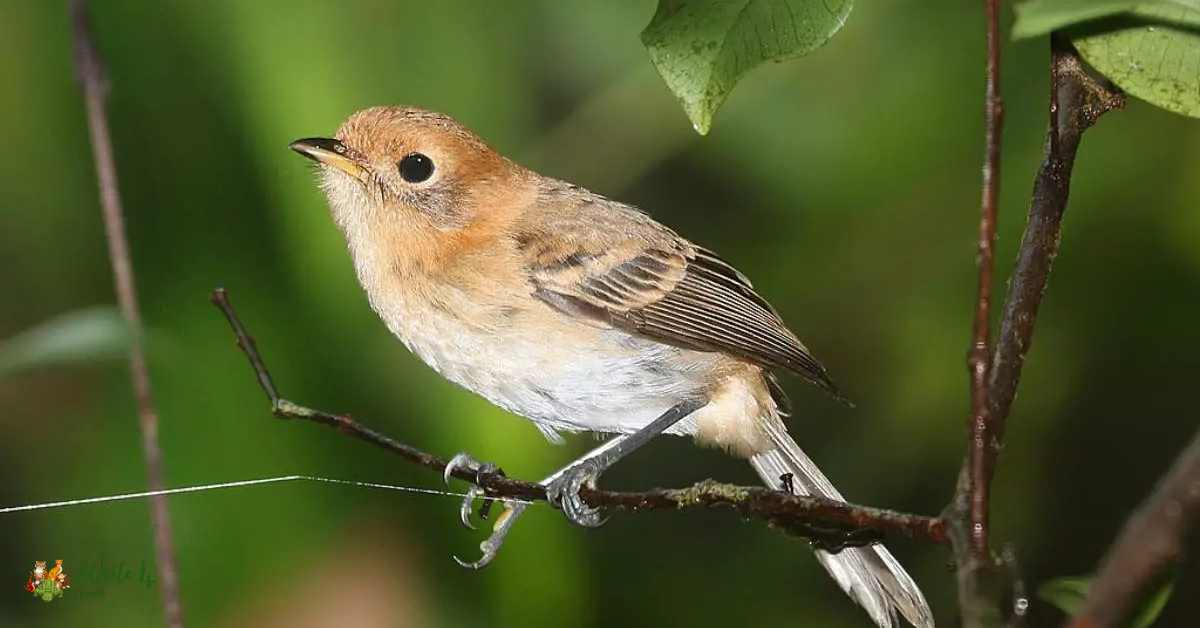
With a varied diet including insects, spiders, and small fruits, the Elepaio plays a crucial role in maintaining the health of its ecosystem.
Despite facing challenges from habitat loss and introduced species, conservation efforts focus on preserving the diverse native habitats that support the Elepaio’s survival, ensuring its continued presence in the symphony of sounds that characterize Hawaii’s natural landscapes.
10. Hawaiian Honeycreeper
The Akohekohe, adorned in vibrant orange and black plumage, is a captivating member of the birds of hawaii honeycreeper family.
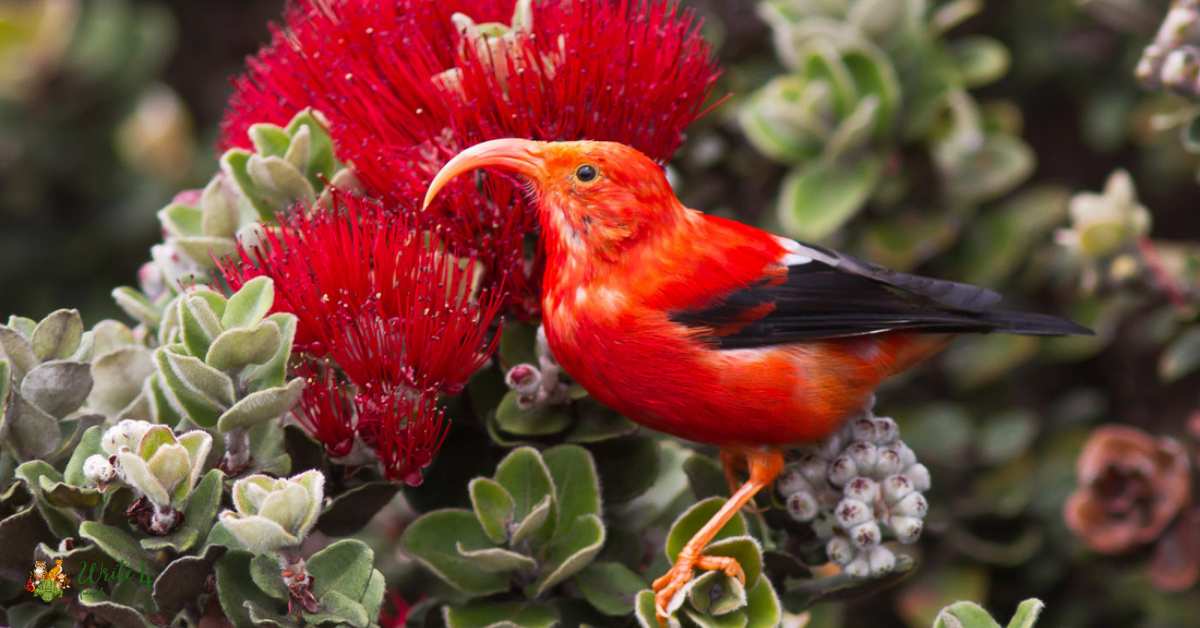
Endemic to the slopes of Maui, these nectar-feeding birds play a vital role in pollination as they feed on native flowers. Facing threats from habitat destruction and avian diseases, conservation efforts concentrate on protecting their unique montane forest habitats.
The Akohekohe’s existence is intertwined with the delicate balance of Hawaii’s ecosystems, highlighting the importance of preserving not only the species but also the diverse flora that relies on these striking birds for pollination.
11. Hawaiian Finch
In the high-altitude slopes of Mauna Kea on the Big Island, the Palila, a small finch, adds a touch of color to the barren landscape.

Recognizable by its yellow head and black mask, this critically endangered bird faces threats from habitat loss and introduced species. Conservation initiatives aim to protect the mamane trees, the Palila’s primary food source, and restore native habitats.
The Palila serves as a stark reminder of the delicate balance between Hawaii’s unique fauna and the changing landscapes, urging us to take concerted efforts to ensure the survival of this charismatic finch and the ecosystems it inhabits.
12. Hawaiian Coot
The Hawaiian Coot, or ‘Alai, with its distinctive white frontal shield and dark plumage, graces the freshwater ponds and marshes of Hawaii.
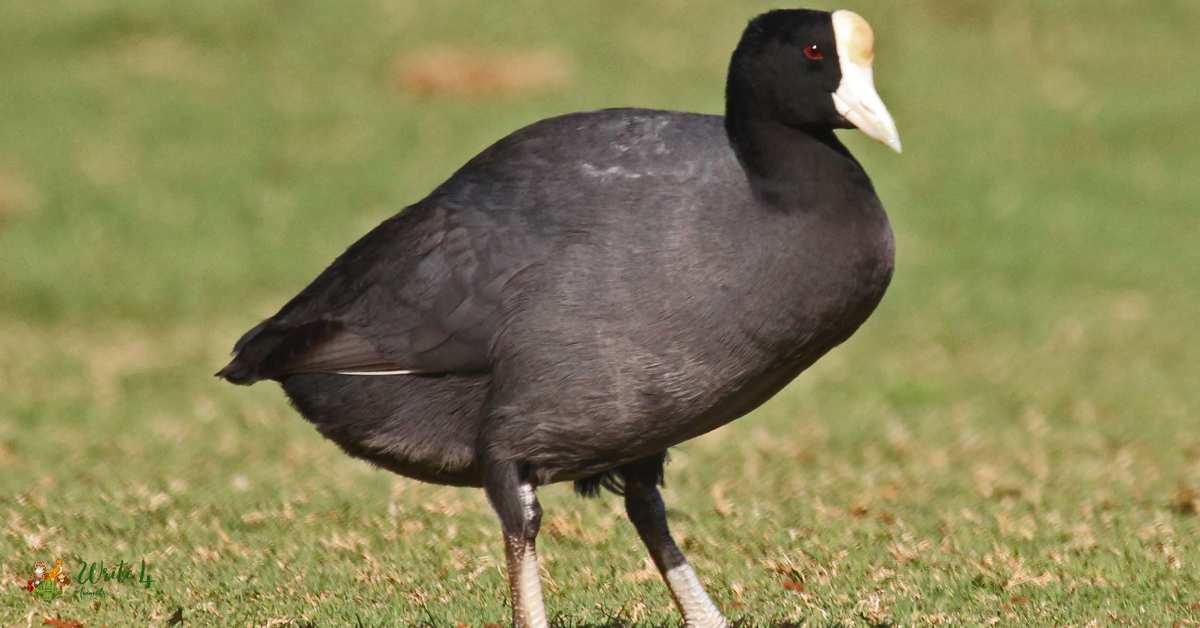
Recognized for its adaptability, this waterbird forages on aquatic vegetation and small invertebrates, contributing to the health of its wetland habitats. Facing threats from habitat degradation and competition with introduced species, conservation efforts focus on preserving and restoring these vital ecosystems.
The ‘Alai’s striking appearance and unique behaviors underscore its importance in maintaining the ecological balance of Hawaii’s wetlands, serving as a reminder of the interconnectedness between waterbirds and the health of freshwater environments.
Frequently Asked Questions
How many bird species are native to Hawaii?
Hawaii is home to a diverse array of bird species, with approximately 140 native and endemic birds. These include both land birds and seabirds, each adapted to the unique ecosystems found across the islands.
What makes the Nene Goose unique?
The Nene Goose (Branta sandvicensis) is the world’s rarest goose and the state bird of Hawaii. Notable for its distinctive appearance with a black face and neck, it has made a remarkable recovery from near extinction through conservation efforts.
Why is the ‘Io, or Hawaiian Hawk, revered in Hawaiian culture?
The ‘Io (Buteo solitarius) holds cultural significance as a symbol of royalty in Hawaiian culture. Its majestic presence and role in controlling rodent populations contribute to its revered status.
What challenges do Hawaiian birds face today?
Hawaiian birds face various threats, including habitat loss, introduced species, avian diseases, and climate change. Conservation efforts are crucial to mitigating these challenges and preserving their unique ecosystems.
Why are honeycreepers so important to Hawaii’s ecosystems?
Honeycreepers, such as the I’iwi and Akohekohe, play a vital role in pollination. Their feeding habits contribute to the survival and diversity of native plant species, fostering a delicate balance within Hawaii’s ecosystems.
Recommended
1. 12 Big Head Snake in the world
